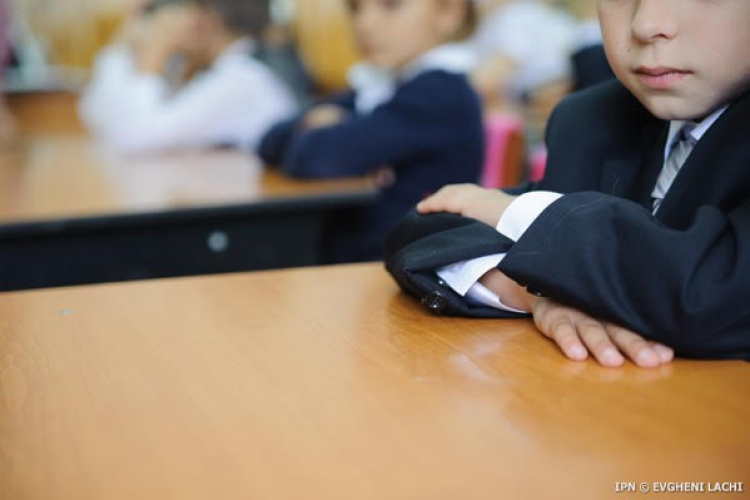The current method of financing general primary and secondary educational institutions managed by the local public authorities was set by the Government in 2014. The logic followed then was that the educational institutions should be decentralized and should be offered greater autonomy so that they can manage their budgets. The concept was “Money follows the student”. Per student financing is yet a sentence for small schools, with principals saying that they survive from one day to another. The Ministry of Education and Research promises to review the formula in spring, IPN reports, quoting RFE/RL’s Moldovan Service.
While large lyceums develop, the schools with few students can hardly cope. The situation is known by the Ministry of Education and this promised back in 2021 to review the financing formula. But nothing has changed and the situation of these schools became even more difficult. At least this is what principals of a number of secondary schools, including Vera Ciornea, who manages “Vladimir Cimpoieș” Secondary School in Buciumeni village of Ungheni district, told RFL/RL’s Moldovan Service. “We cannot manage with the money allocated by the state. We are always short of funds. We even had salary arrears totaling 170,000 lei. We surely cannot do something else for the school,” said the director. To outfit the school with what it needs, the institution’s administration applies to take part in different national and international projects.
The situation at schools with many students is different. The Lyceum “Miron Costin” of Florești town, which has over 600 students, forms part of the project “Digital Schools” and the students there during three years already have studied the professions of the future. “Since per student financing started to be applied, we have done a lot of nice things in the school and you could see: repair works, equipment of the institution. But we could do this because we had a large number of students. For our institution, the formula is good and we have a rather big budget,” said the lyceum’s director Tatiana Moscalu.
“The financing formula will be reviewed as we intervened in educational policies meanwhile. This will happen in spring the soonest,” representatives of the Ministry of Education assured when responding to a request made by the Service, without specifying the new formula.
According to the Ministry of Education, small educational institutions are considered primary schools with up to 41 pupils and secondary schools with at most 91 students.

